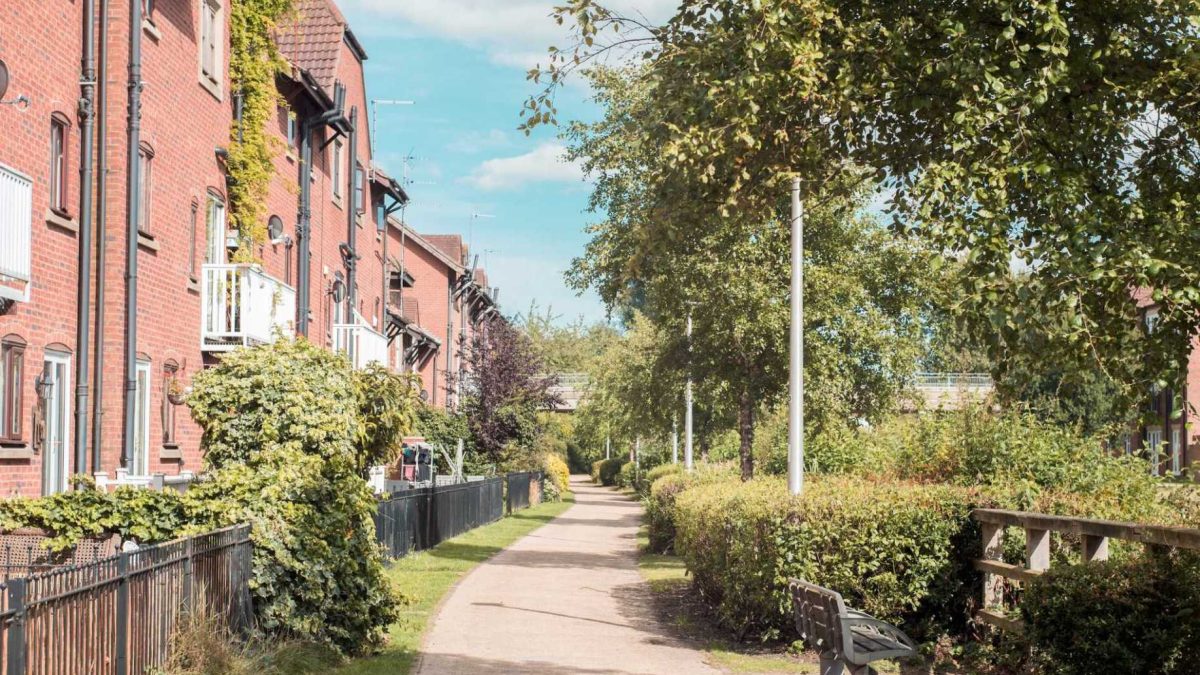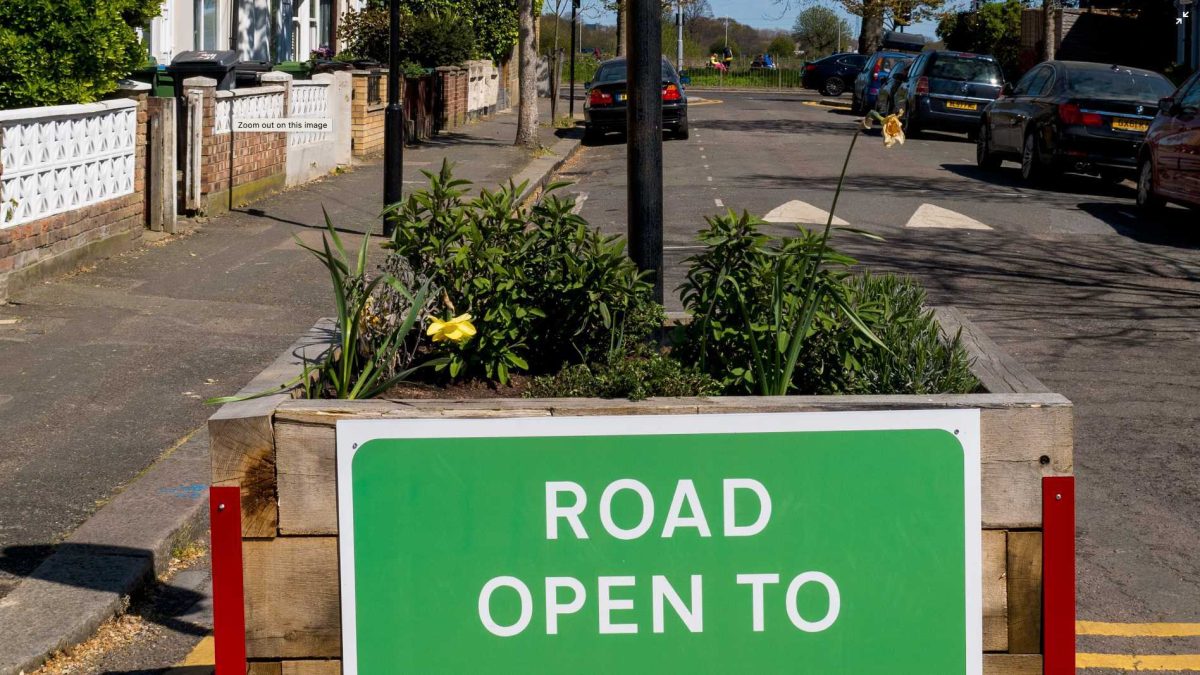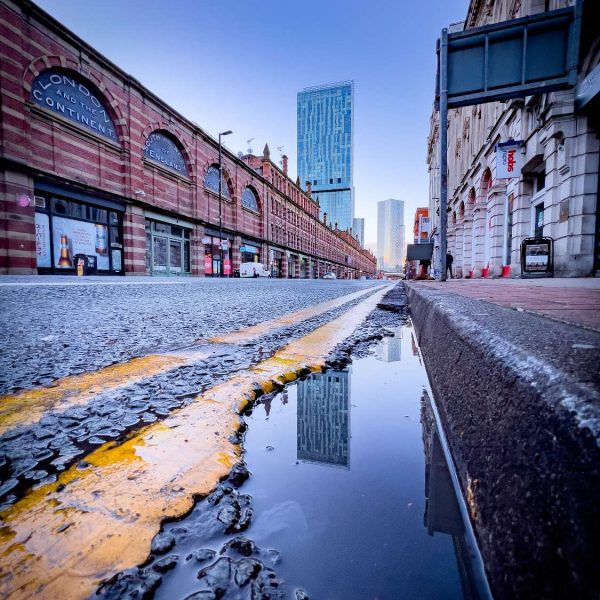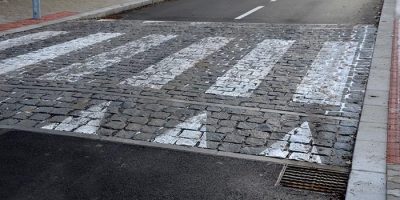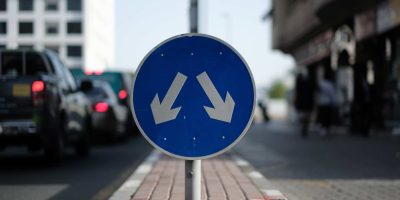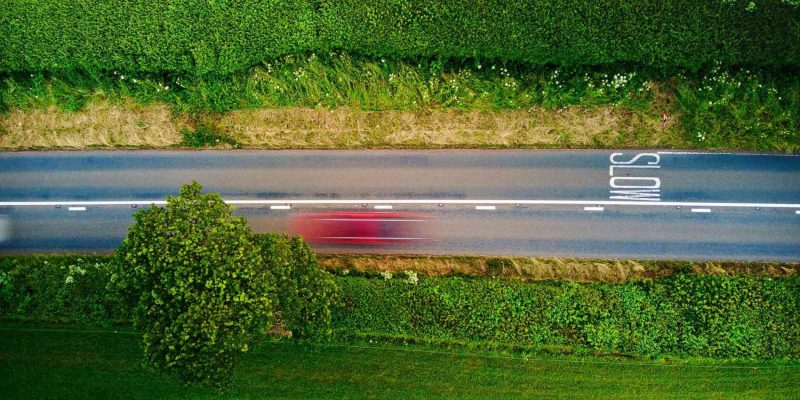
A Look at British Lane Delineation
In order to keep the roadways of the UK safe and orderly, lane markings are essential. Standards for lane delineation have developed over time in response to concerns about aesthetics, public opinion, and traffic control. Lane delineation in the United Kingdom is the subject of this article, which will cover its evolution, current state, and potential developments in the near future.
Developments in UK Lane Delineation Regulations
There was no such thing as lane markings when cars first hit the road. Clear lane markings weren’t necessary until the middle of the twentieth century. At first, only white lines were utilised; later, more complex methods were included.
It is now common practice to utilise thermoplastic road markers. These markers will remain visible even in the worst weather because of how long they last. The primary motivation behind the development of more stringent lane delineation regulations in the United Kingdom has been the need to lessen traffic congestion and increase safety.
When cat’s eyes were first used in the 1930s, it was a watershed moment in the UK’s lane delineation history. By illuminating lanes and guiding drivers in low-light situations, these reflective road studs transformed nighttime driving. As a result of its revolutionary impact on road safety, cat’s eyes are now commonplace on roadways throughout the United Kingdom.
New technology has allowed for the creation of intelligent lane delineation systems, which can change lane lines in real-time according to traffic circumstances. These systems improve road safety and efficiency by using sensors and LED lights to give drivers lane information in real-time.
How People See and Comprehend Lane Delineation
The success of lane demarcation is heavily dependent on how the general population views and comprehends it. The effectiveness of lane delineation relies on drivers completely grasping its purpose and significance.
In order to increase public comprehension, educational initiatives and legible signs are crucial. One way to increase driver compliance and decrease accident rates is to educate them on the significance of lane delineation and how it contributes to efficient and safe traffic flow.
Variables like road type, traffic volume, and environmental conditions can affect how lane delineation is designed and implemented. Solid lines, dashed lines, and arrows are all forms of lane markers that have their own unique function in traffic management and driver guidance. Drivers can improve their navigational skills and safety by learning the subtleties of these markings.
Also, new technological methods for lane delineation have emerged, like dynamic lane markers that change according to current traffic circumstances. In addition to enhancing traffic flow, transportation planners can use the data provided by these smart technologies to optimise road networks in the future.
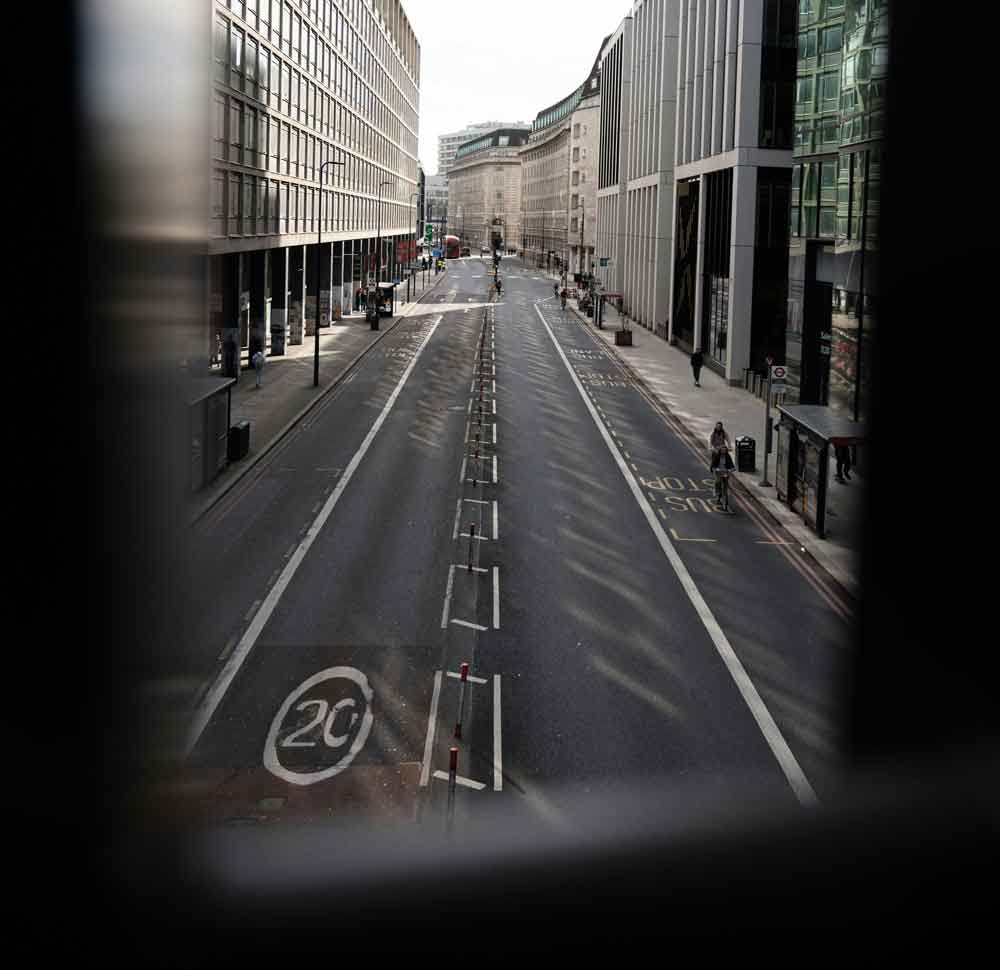
Reevaluating City Lane Delineation: The Overlooked Arteries
Major thoroughfares are usually the centre of attention in our busy urban centres. The significance of lane delineation, however, goes beyond just these heavily populated regions. Drivers also need clear markings on home roads and neglected side streets to avoid accidents.
To raise motorists’ vigilance and lessen the dangers of poorly marked lanes, we need to rethink the way our cities are laid out. The key to a safe and effective traffic network is the implementation of clear and consistent markings on all roadways, no matter their size or location.
Also, lane markings are important for more than just directing cars. In addition to improving safety for drivers, pedestrians and bicycles also gain from well-defined lanes because they separate various forms of mobility. A more sustainable and healthy urban environment can be achieved by encouraging more people to walk or cycle along clearly marked lanes.
In addition to improving nighttime visibility and promoting environmental consciousness, creative lane demarcation strategies like employing eco-friendly paint or adding reflective materials can be implemented. Our city roadways can be greatly improved in both functionality and beauty with these simple yet effective lane design adjustments.
All of these environmentally friendly features work together to control flooding, recharge the groundwater table, and regulate stormwater runoff. Cities can make traffic islands more resilient to the effects of climate change and build more sustainable, livable places for people to live in and visit by using green infrastructure.
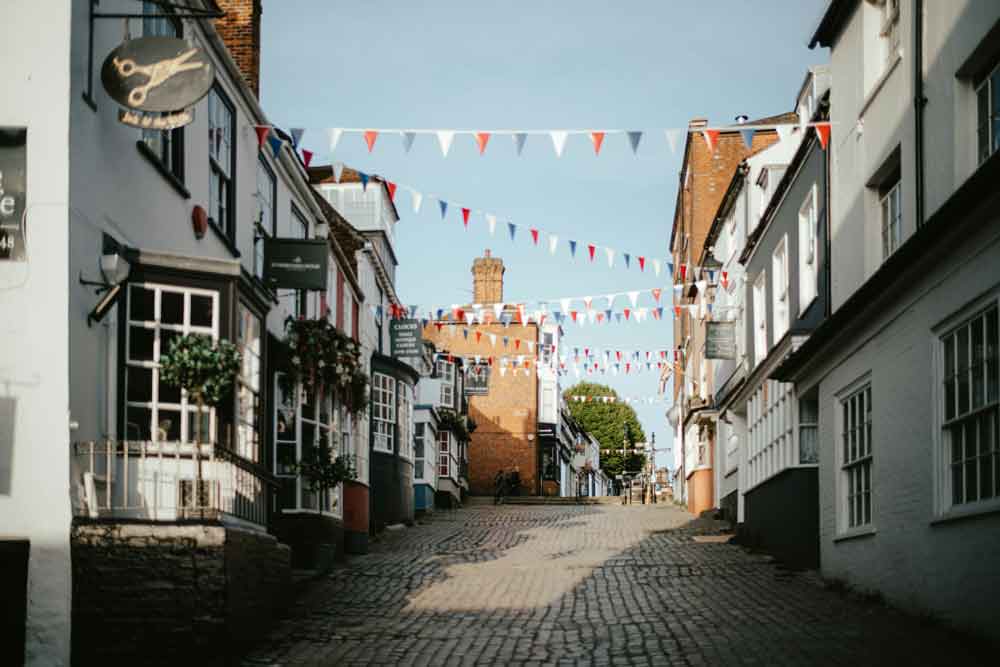
The Ethical Challenge of Historic District Lane Delineation
Charming cobblestone streets and traditional buildings are common features of historical districts. Such locations present a distinct obstacle when it comes to lane delineation. Preserving the antique aesthetic while maintaining adequate vision for drivers is of utmost importance.
One option is to utilise lane markers with a low profile so they disappear into their natural environment. This keeps the streets’ historic character while making them safe for automobiles. Maintaining that equilibrium calls for much thought and preparation.
The use of conventional materials is another factor to think about while delineating lanes within historic districts. To further emphasise the area’s historic character, several communities choose to mark pathways with materials such as recycled bricks or cobblestones. These materials enhance the district’s visual value while also harmonising with its historic surroundings.
Another original approach to improving the streets’ aesthetics is to use historical motifs or patterns as lane delineation. Lane markers can double as a tribute to the area’s history and a means of traffic guidance by including designs influenced by the local architecture or cultural heritage.
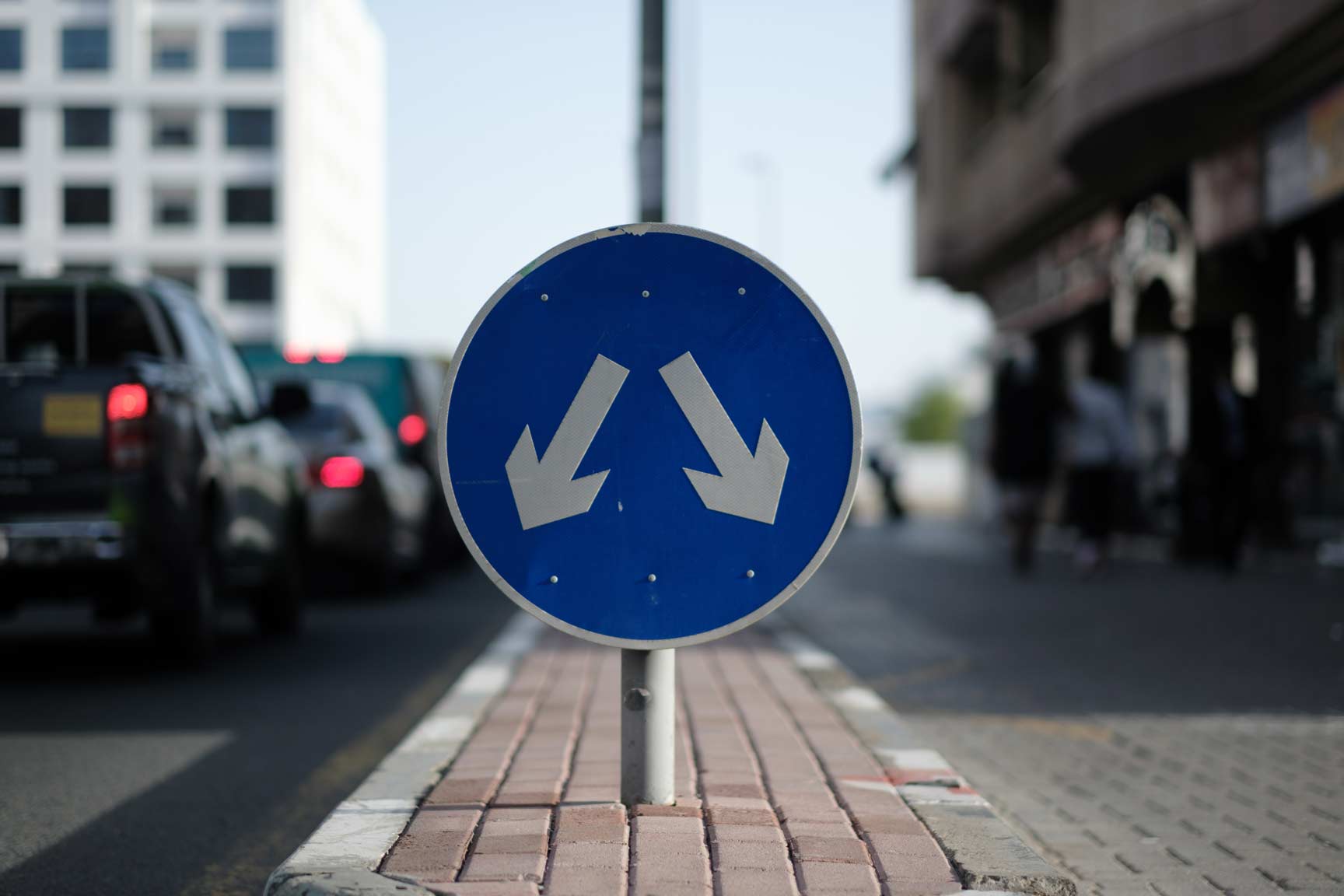
The Role of UK Traffic Islands
As well as physically separating lanes, traffic islands are an important component of road and urban design. Urban traffic islands can serve multiple purposes, both as functional spaces and as green areas. By including sustainable features like rain gardens or permeable surfaces into their design, traffic islands can become more visually appealing while simultaneously improving air quality and providing habitats for local species.
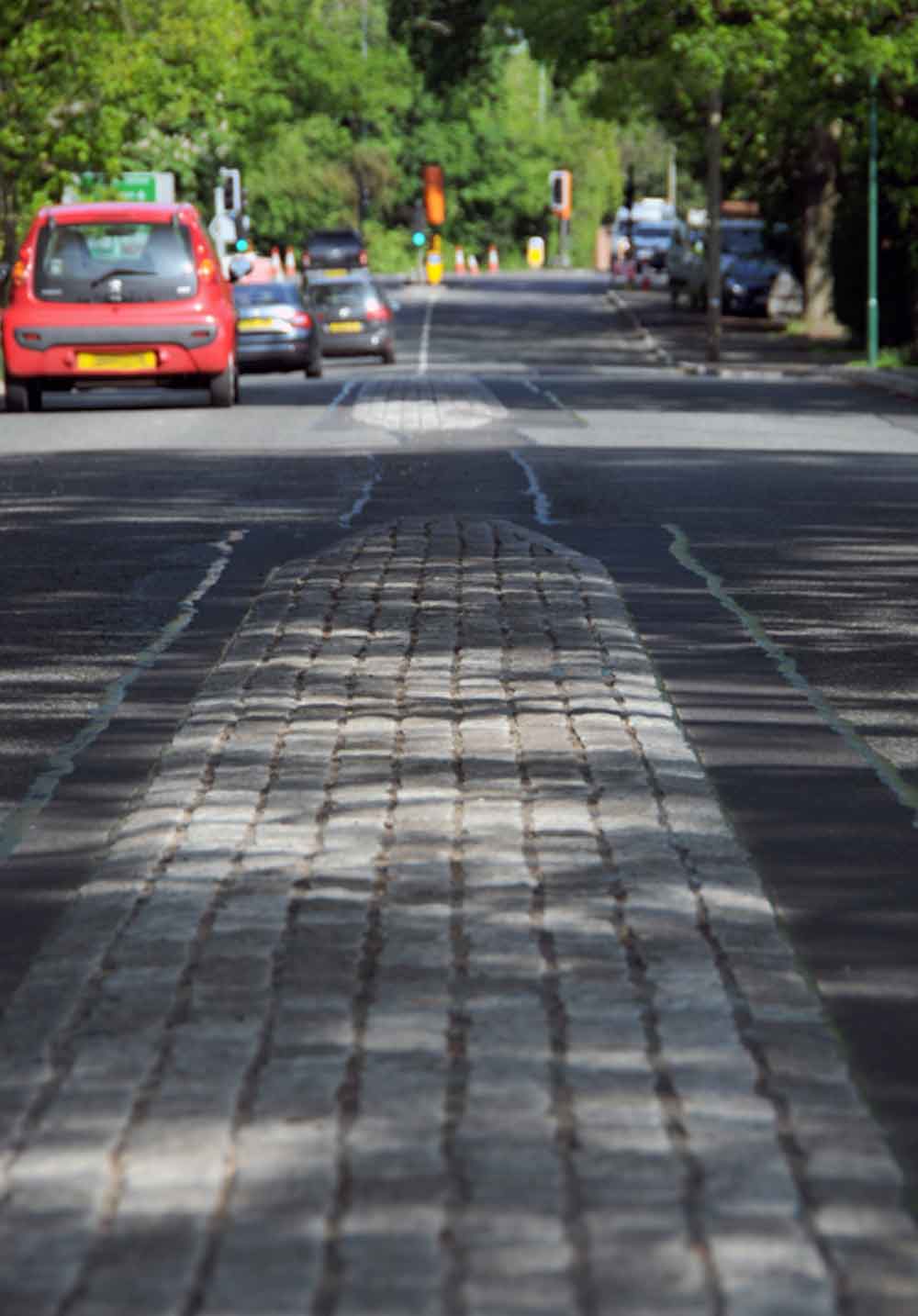
Cobblestone traffic islands stand out as a charming exception in the complex web of cityscapes, where practicality frequently takes precedence over aesthetics. Amidst the city’s hectic streets, you’ll find these architectural marvels that serve as more than simply traffic control systems; they are also strongholds of historical significance and visual beauty. The charm of cobblestone traffic islands is especially strong for me as an urban planner who loves it when form follows function in city design.
A Contemporary Nod to the Past
The timeless allure of ancient materials in modern urban contexts is exemplified by cobblestone traffic islands. Cobblestones are a historically significant material that evokes a bygone era when streets were designed for more than just transportation. Cobblestones provide a welcome visual contrast to the world of asphalt and concrete, which is becoming more and more prevalent. As such, they are a good reminder that modernity and preservation of our cultural traditions do not have to be mutually exclusive in our urban environments.
Cobblestones’ Visual Appeal
The unique patterns and rich tapestry of hues inherent in natural stone give cobblestone traffic islands its visual attractiveness. The varied hues and textures of the earth’s cobbles give each installation its own distinct personality. These traffic islands provide beautiful scenes that enrich city life when illuminated by lamps or patterned by rain. They serve a practical purpose, but they are also beautiful works of art that drivers and pedestrians can enjoy.
Revitalising Urban Ecosystems
Cobblestone traffic islands are useful to urban wildlife in more ways than one. Rainwater can leak between the stones, allowing lichens, mosses, and even tiny plants to sprout. Not only does this bring a little bit of nature into the mostly concrete jungle, but it also helps urban ecosystems by giving birds and insects a place to call home. So, little cobblestone traffic islands pop up in the middle of the city, breathing new life into the otherwise lifeless landscape.
Community Expression on a Canvas
Additionally, cobblestone traffic islands provide a one-of-a-kind platform for communal expression. Mosaic designs, historical motifs, or community messages can be found etched into the cobblestone arrangement in many cities that have recognised the potential of these areas for public art. Turning traffic islands into hubs of local creativity and identity, these artistic activities cultivate a sense of communal ownership and pride.
Cobblestone traffic islands are more than just a practical asset; they also add aesthetic value and historical significance to our cityscapes. These examples show how city planning can be an artistic endeavour, bringing together aesthetics, history, and practicality to create a beautiful tapestry of urban life. While we are shaping our cityscapes, let’s not forget that these components can improve city life in more ways than one. We honour a city vision that is equally about delight and destination by praising the attractiveness of cobblestone traffic islands.
Traffic Management and the Importance of Lane Delineation
If we want to see less congestion and better traffic flow generally, we need better traffic management. To do this, lane delineation is crucial.
Drivers can be better guided and empowered to make smart choices when they drive when lane lines are placed strategically and clear directions are provided by signage. All road users can enjoy much smoother travels and better traffic management with properly applied lane delineation.
Lane demarcation is crucial for improving road safety and is necessary for controlling traffic flow. By encouraging cars to remain in their lanes and adhere to the established traffic patterns, well-maintained lane markings lessen the likelihood of accidents. When trying to avoid accidents caused by misunderstandings about lanes, this is particularly crucial in heavily populated regions or at complicated intersections.
The visual value of roadways is enhanced by lane delineation in addition to its functional advantages. The dedication to orderly and effective traffic management is shown in the well-planned lane markings and signs that adorn the roadways. To further improve visibility, particularly at night, reflective paint and materials are used, so drivers can see clearly where their lanes are and stay safe.
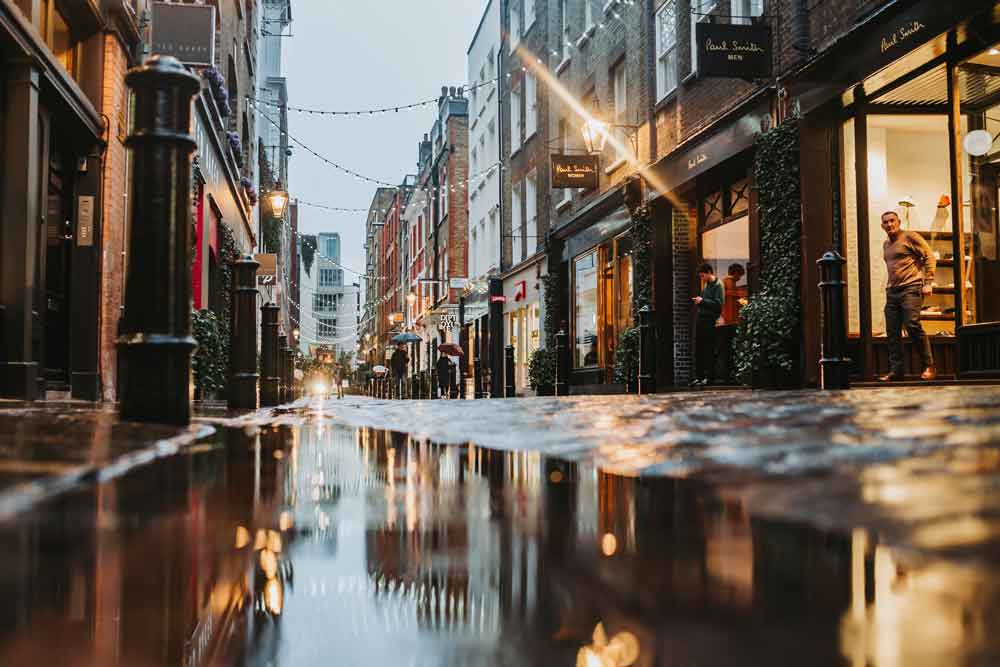
How the Weather Affects Lane Linearization
Unpredictable weather conditions are a common problem for lane delineation in the United Kingdom. More accidents may occur if road markings are obscured by heavy precipitation, snow, or fog.
New lane delineation technologies have emerged in recent years to address these issues. Superior visibility, regardless of the weather, is now possible thanks to reflective materials and cutting-edge methods. We can lessen the effect of bad weather on road safety by continuously refining our lane marking procedures.
The adoption of thermoplastic road markers has been a game-changer when it comes to lane delineation in bad weather. Not only are these marks very reflective, but they can also last severe weather, so drivers will have their visibility for a long time. On top of that, several transportation agencies have begun using dynamic lane markers, which may change their visibility depending on the weather, so drivers can always see them well.
Also, smart road infrastructure like linked lane demarcation systems is becoming more popular. These systems incorporate weather, traffic, and road construction data into real-time lane marking adjustments through the use of sensors. We are improving road safety and laying the groundwork for a more efficient and environmentally friendly transport system by integrating these state-of-the-art technologies into our road networks.
International Standards for Lane Delineation and Their Comparison
We may learn a lot from comparing and contrasting different countries’ approaches to lane delineation, even though UK regulations have changed over time to suit local demands. We can learn a lot and find ways to better by looking at how other countries do things.
Innovation and the advancement of best practices in lane delineation can be fostered through international collaboration and the sharing of expertise. To maintain its position as a world leader in road safety and efficiency, the UK must adopt a global viewpoint.
When looking at how different countries handle lane delineation, it’s intriguing to think about how different cultures and societies influence drivers’ actions. For instance, a different approach to lane marking may be necessary in nations where drivers are more likely to make sudden and forceful lane changes. The evaluation and implementation of lane delineation rules can benefit greatly from an understanding of these cultural variations.
Lane delineation techniques around the world are greatly influenced by technological improvements. As an example, nations who are pioneers in the field of autonomous vehicles may have specific lane marking needs to facilitate their growth. Because of the ever-changing nature of both technology and infrastructure, lane delineation rules must be constantly reviewed and adjusted.
Making Sure Everyone Follows Lane Delineation Rules
Making sure everyone follows the rules for lane demarcation is just as critical as making sure the rules are effective. Lane marking rules are easily disregarded in the absence of effective enforcement and consequences for transgressors.
We can find places of noncompliance and fix them by collaborating closely with police departments and performing audits on a regular basis. To keep traffic flowing smoothly and safely for everyone, lane demarcation laws must be strictly enforced.
More than that, getting the word out there about how important it is to follow lane demarcation rules is essential. A culture of respect for traffic laws can be fostered by public outreach programmes, education initiatives, and signs.
The use of smart road infrastructure and automated enforcement technologies can also improve monitoring and make enforcement easier. These creative solutions not only make things more efficient, but they also discourage people from breaking the rules, which leads to roads that are safer and more organised.
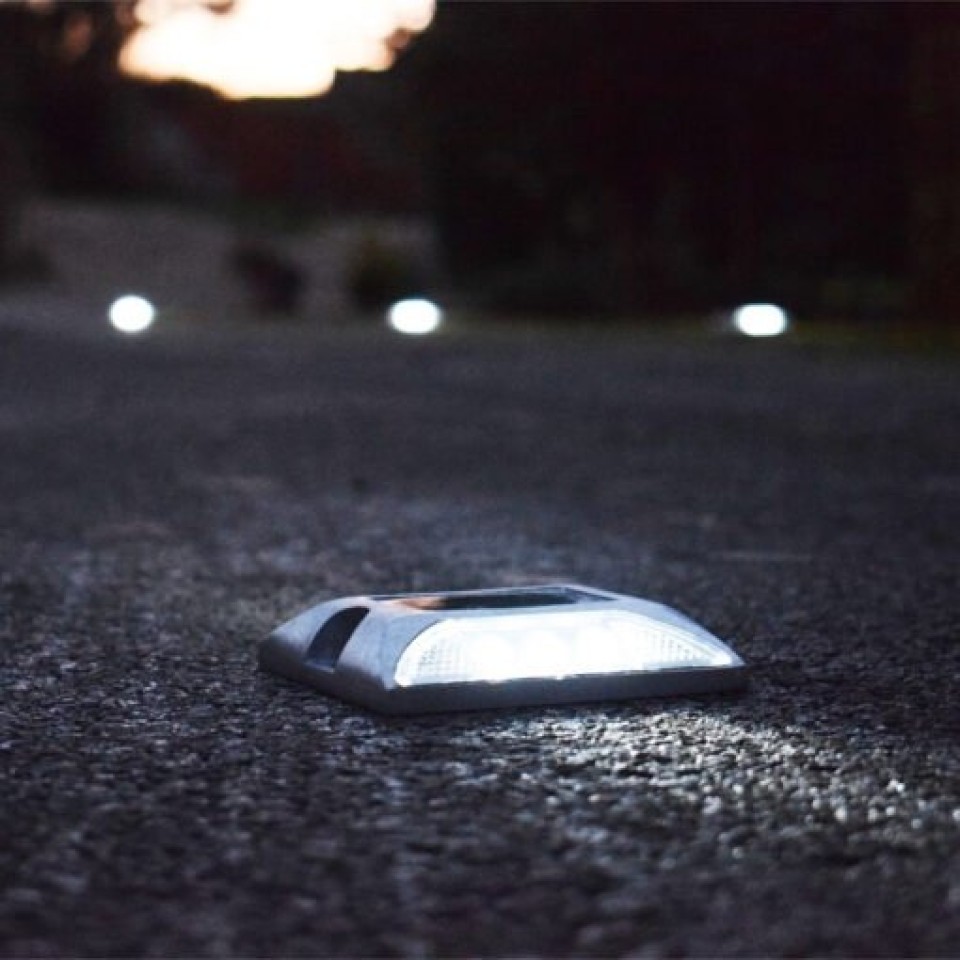
Novel Approaches to Lane Delineation
New advancements in lane demarcation technologies are being released on a regular basis to improve road safety and visibility.
Exciting new possibilities abound, such as solar-powered road studs that illuminate continuously and smart lane signs that change colour to signal changing traffic conditions. Adopting these innovations in technology has the potential to radically alter our road system, making travel safer for everyone.
An intriguing innovation in lane marking technology is the utilisation of dynamic lane markers. These cutting-edge markers have sensors that can measure things like road surface quality, weather, and vehicle speed. Improved road safety is the result of lane markings that, using this real-time data, can change their pattern and visibility to warn vehicles of impending dangers or lane closures.
And new augmented reality (AR) features are starting to show up in lane marking systems as well. Enhanced visual cues, such as distance indicators to the car ahead or real-time navigation instructions projected onto the road surface, can be provided to drivers by lane markers that are AR-enabled. Integrating augmented reality technology into lane delineation allows drivers to acquire crucial information more intuitively and instantly, which improves traffic flow and decreases the likelihood of accidents.
Promising Directions for the Future of Lane Delineation
A number of developments are likely to influence how lane delineation is applied in the UK in the years to come. Automation, AI, and better vehicle-to-infrastructure connectivity are all part of this category.
We can build a road network that changes and adapts to traffic and other factors in real-time if we follow these tendencies. The result will be less congestion and easier traffic flow, which is good news for everyone on the road.
Smart sensors and cameras installed along roadways will be an integral part of future lane demarcation systems. By collecting data on traffic volume, speed, and lane utilisation in real-time, these cutting-edge technology will make it possible to fine-tune lane delineation according to the actual traffic conditions. In addition, traffic patterns over time may be analysed using the data collected from these sensors, which in turn allows for better decisions when planning and designing road infrastructure.
Using augmented reality (AR) is another new thing when it comes to lane delineation. Through the use of augmented reality, drivers can receive better visual signals and information regarding lane boundaries, impending road conditions, and possible dangers. Especially under challenging driving circumstances or with bad weather, augmented reality’s ability to superimpose digital information onto the real world can increase drivers’ awareness and safety.
Technology-Based Lane Delineation: A Revolution or an Overkill?
The concern of whether we are going too far with lane delineation technologies arises as technology improves. We must not lose sight of the fundamental objective—ensuring road safety—while exploring intriguing possibilities with high-tech solutions.
It is crucial to find a middle ground between being innovative and being realistic. If we want high-tech lane delineation systems to improve safety without adding extra complexity or distractions to the road, we must carefully weigh their advantages and disadvantages.
An intriguing feature of modern lane delineation systems is the utilisation of AI algorithms that assess traffic patterns in real-time and modify lane markers appropriately. Improved road safety and better traffic flow, less congestion, and faster commute times are all benefits of this state-of-the-art equipment.
Also, lane delineation systems with smart sensors may detect broken or faded lines and initiate automatic repairs, allowing for preventive maintenance. This preventative measure not only makes roads safer for drivers, but it also helps transportation agencies save money by reducing the frequency and severity of manual inspections and maintenance.
Lastly, lane demarcation in the UK has made great strides since it was first implemented. The creation of a road network that is safe, efficient, and user-friendly must remain our ultimate goal as we progress and develop. We can create a future where lane delineation is essential for road safety and order by thinking about things like public perception, aesthetics, and new technology.



